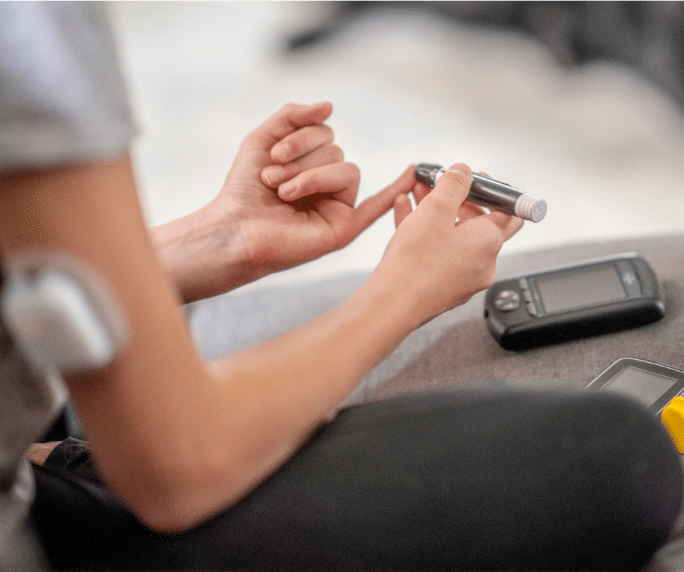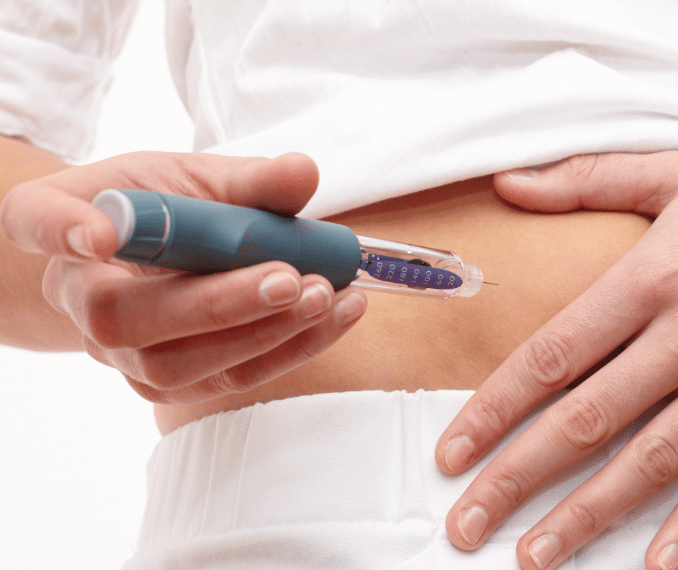The speed of weight loss with Farxiga (dapagliflozin) can vary among individuals. Farxiga is primarily prescribed for managing type 2 diabetes, and weight loss can be a potential side effect due to its mechanism of action, which involves promoting the excretion of glucose through urine. The rate of weight loss with Farxiga is influenced by factors such as your starting weight, lifestyle, diet, and physical activity. Some individuals might experience gradual weight loss over time, while others might notice more rapid changes. It’s important to remember that weight loss should always be gradual and sustainable to ensure overall health and well-being. If you have questions about weight loss with Farxiga, discussing them with your healthcare provider can provide insights tailored to your specific situation.
Dosing of Farxiga
The dosing of Farxiga (dapagliflozin) typically involves taking one tablet orally once a day. The standard starting dose is 5 mg, and this can be adjusted based on your individual response and treatment goals. Your healthcare provider might consider increasing the dose to 10 mg if necessary for better blood sugar control. It’s important to follow your healthcare provider’s instructions closely and to take Farxiga at the same time each day to ensure consistent effectiveness. Consulting your healthcare provider before making any changes to your Farxiga dosing is recommended to ensure proper management of your type 2 diabetes and overall well-being.
Side Effects of Farxiga
Farxiga (dapagliflozin) can have both common and less frequent side effects. Common side effects of Farxiga may include urinary tract infections, genital yeast infections, and increased urination. Additionally, Farxiga’s mechanism of action, which involves excreting glucose in the urine, might lead to increased thirst and dehydration in some individuals. Less frequent but more serious side effects could involve changes in kidney function, low blood pressure, and ketoacidosis (a serious condition where the body produces excess ketones). It’s important to promptly report any unusual or severe symptoms to your healthcare provider while using Farxiga and to have regular check-ups to monitor your health and safety during treatment.
How to Take Farxiga
To take Farxiga (dapagliflozin) effectively, follow your healthcare provider’s guidance on dosage. Generally, start with 5 mg orally once a day, possibly adjusting to 10 mg. Maintain a consistent timing, either with or without food. Stay hydrated due to increased urination and thirst that can result from Farxiga’s mechanism. Regularly monitor blood sugar levels, communicate openly with your healthcare provider about any side effects or changes, and attend follow-up appointments to ensure optimal management of your type 2 diabetes.

Farxiga and Other Medications
Farxiga (dapagliflozin) can potentially interact with other medications, so it’s important to inform your healthcare provider about all the medications, supplements, and herbal products you are taking. Certain medications, like diuretics and blood pressure medications, can interact with Farxiga and may increase the risk of low blood pressure. Other medications that affect kidney function could potentially interact as well. Your healthcare provider will evaluate your medication list to ensure there are no significant interactions and to make any necessary adjustments to your treatment plan to ensure your safety and well-being.
Farxiga Instructions
To effectively take Farxiga (dapagliflozin), follow your healthcare provider’s guidance on dosage, typically starting at 5 mg orally once a day, with a potential adjustment to 10 mg. Maintain a consistent timing of administration, regardless of meals. Ensure proper hydration due to increased urination caused by Farxiga. Regularly monitor your blood sugar levels as advised by your healthcare provider to gauge its impact. Keep open communication with your provider, reporting any side effects or concerns. It’s crucial to disclose all medications, supplements, and herbs you’re taking to prevent interactions. Attend follow-up appointments to assess progress and make necessary adjustments. Adhering to these instructions ensures the safe and effective management of your type 2 diabetes with Farxiga.
Farxiga Price
The cost of Farxiga (dapagliflozin) can vary depending on factors such as your location, dosage, and insurance coverage. To explore pricing options, it’s advisable to contact local pharmacies or check online platforms. Additionally, some pharmacies may offer discounts, savings programs, or generic alternatives to help manage the cost. Notably, 365 Script Care is dedicated to providing a best-price guarantee, ensuring competitive pricing for Farxiga and other medications. For those seeking affordability and convenience, considering their offerings could be a viable choice. Discussing financial considerations with your healthcare provider can help you make informed decisions that align with both your healthcare needs and budget.
Where to Buy Farxiga
When looking to buy Farxiga online, you have several options available. Local pharmacies and online platforms can provide access to this medication. Additionally, 365 Script Care offers the convenience of acquiring Farxiga, along with a range of other healthcare solutions. To explore this option further, you can visit their website at www.365scriptcare.com. Whether you choose a local pharmacy or an online source like 365 Script Care, discussing your preferences and needs with your healthcare provider can guide you toward the most suitable avenue for obtaining Farxiga while ensuring your healthcare goals are met.

Conclusion
The speed of weight loss experienced with Farxiga (dapagliflozin) can vary widely among individuals. While some may notice gradual weight loss over time due to the medication’s mechanism of promoting glucose excretion through urine, the rate of weight loss is influenced by factors such as starting weight, lifestyle choices, diet, and physical activity. It’s important to approach weight loss with Farxiga in a balanced and sustainable manner, guided by your healthcare provider’s recommendations. Remember that the primary purpose of Farxiga is to manage type 2 diabetes, and any weight loss experienced should be viewed as an additional benefit rather than a sole focus. Moreover, for those interested in exploring the option, Farxiga is available for purchase at 365 Script Care, providing a convenient avenue to obtain this medication. Consulting your healthcare provider for personalized insights and maintaining a holistic approach to your health journey is key.








